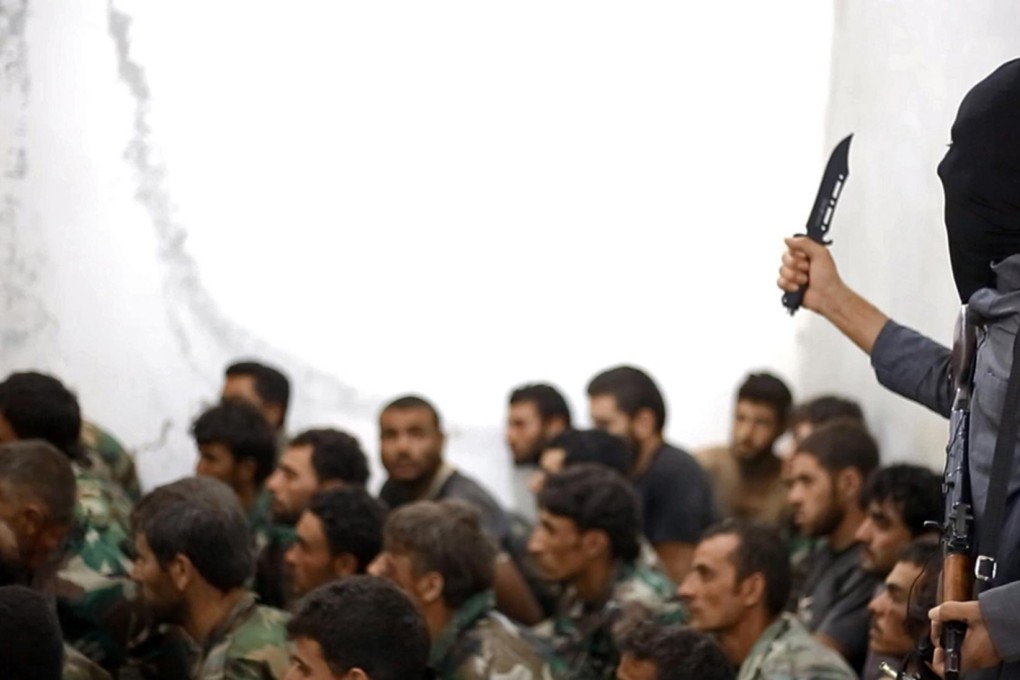Islamic State sees beheadings as a step to the apocalypse
Experts say an ancient prophecy of a final showdown drives much of the militant group's actions

The world's most potent terror group is also its most savvy. In its 18-month existence, Islamic State (IS) has imposed its old-world view of Islam using very modern means. Slick production, an eye for a camera angle and high-definition horror have done as much to showcase the group - and further its aims - as its rampage across Iraq and Syria.
Almost every move IS has made has been chronicled, either on shaky mobile phones or with slicker production values. IS may eschew much of the modern world, but it certainly studies its enemy. And in what is its biggest punt, the group appears to have gambled that it can call the bluff of its most formidable foe.
Baghdadi wants to bring the Americans into a war with him ... a real jihad against the Crusaders
On extremist forums and within IS, debate rages about how the US will respond to the beheading of two of its citizens, and what Britain and Europe may do if their nationals are harmed. A growing school of thought is that the deaths of James Foley and Stephen Sotloff have done what three blood-soaked years in Syria and Iraq failed to do: galvanise war-weary Western leaders and their sceptical publics to acknowledge a fast-growing enemy that may eventually point its turrets their way.
Opponents of the brazen violence say that while such tactics have a strong shock value, they also stir sleeping giants. And if IS is to continue its quest for dominance, having superpowers collectively enraged so soon might not help further such goals.
The group has enormous momentum; militarily it is manoeuvring on three fronts at once - something far beyond the capabilities of the Iraqi and Syrian armies. Along the way, it is collecting large numbers of Sunnis. Some are being press-ganged, others are joining from fear, and some from a conviction that the jihadis share their values and are acting out prophecies.
